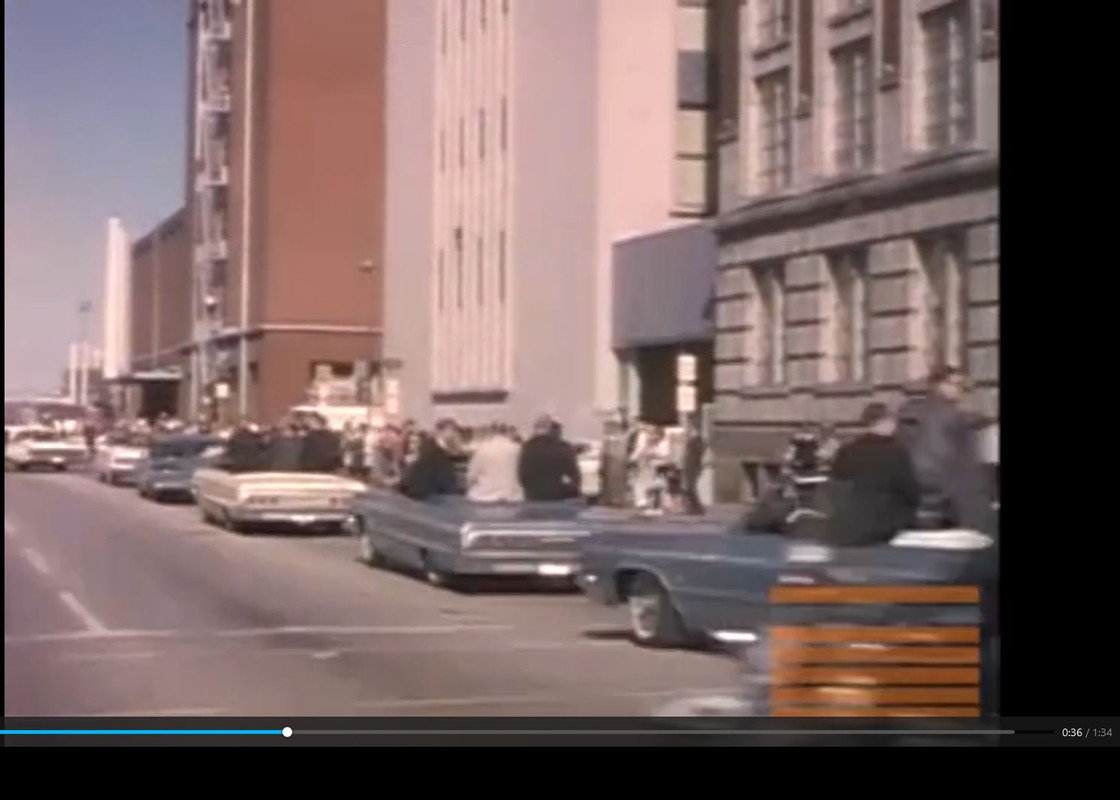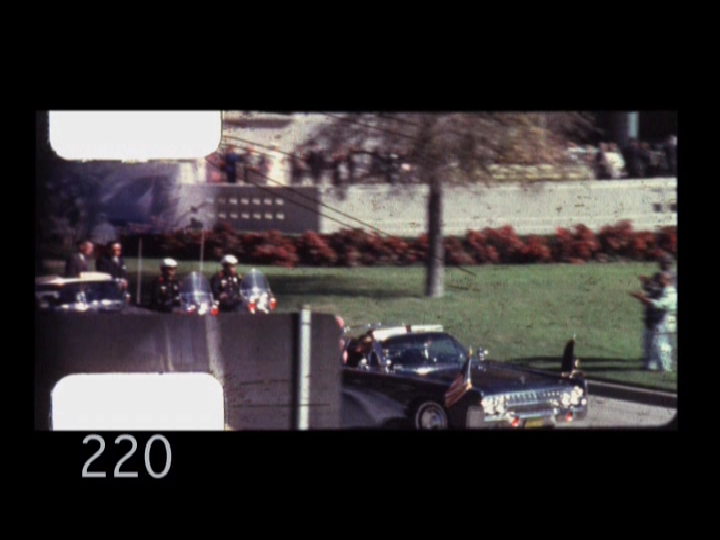I don’t think that standard deviation is the same as margin for error. I am also struggling to understand how any of this applies to the accuracy of synchronizing the various films. If I remember correctly, you stated that Mark Tyler’s work is supposed to be with a margin of error of seven frames. Did Mark Tyler provide all the data and calculations demonstration that you are demanding of Dale Myers’ work?
The margin of error comes in when Myers purports to make ridiculously accurate measurements such as this (on page 171 of his PDF version of "Epipolar Geometric Analysis of Amateur Films Related to Acoustics Evidence in the John F. Kennedy Assassination"):
- "The true position of Camera Car 1 was determined by using computer models to align a model
of the 17.5 foot long 1964 Chevrolet Impala with Hughes’ field-of-view. The result shows the
right rear bumper of Camera Car 1 is 2.95 feet north of, and 0.66 feet west of the line-of-sight
drawn between the Hughes’ camera and the northwest corner of the Records Building; not
on the line of sight as Thomas reported."
First of all, there is some margin of error in the placement of Hughes' camera in the middle of the intersection (*1) and the exact line of sight to the corner of the building. Then there is the error in the model of Dealey Plaza and the car model that he used. Then there is the inaccuracy in plotting an exact position of everything in the grainy Hughes film. There has to be some uncertainty in "2.95 feet north and .66 feet east". Myers admits of none.
Myers then concludes (p. 171):
- "When correctly scaled computer models of Camera Car 1 are aligned to Hughes frame H633
and Zapruder frame Z220, the distance between those two exposures was determined to be
59.8 feet; not 73 feet as reported by Thomas."
Keep in mind that he is trying to compare the difference in position of Camera Car #1 around this Hughes frame:

to its position in Z220:

and this is his conclusion:
"Considering that the known speed prior to Hughes frame H633 was 11.83 ft/sec (8.1 mph) and
the known speed at Zapruder frame Z220 was 13.89 feet/sec (9.5 mph), it was determined that
Camera Car 1 was traveling at an average speed of 12.86 feet/sec (8.8 mph) and therefore
traversed the 59.8 foot distance between Hughes frame H633 and Zapruder frame Z220 in
4.65 seconds; not the 6.2 to 8.3 second guesstimate ventured by Thomas".
To suggest that it is 4.65 seconds and could not be 4.5 or 5.0 seconds he needs to give us a reasonable estimate of the total possible error in all the measurements he uses to reach that conclusion. He admits of none.
*1 Here is what Myers wrote in footnote 198 page 171:
- 198. Thomas reported that Robert Hughes’ precise location at the time that he filmed the motorcade is “not known” and that his best
estimate based on examining his film and a photograph taken by Charles Bronson is that Hughes was standing 8 feet south of the center
line of Main Street and 14 feet west of the center line of Houston Street. Thomas’s positioning of the Hughes camera is essentially correct.
Using computers to align the Hughes’ camera field of view with computer models of Dealey Plaza, I pinpointed Hughes’ location as 8.83
feet south of the center line of Main Street and 15.5 feet west of the center line of Houston Street.